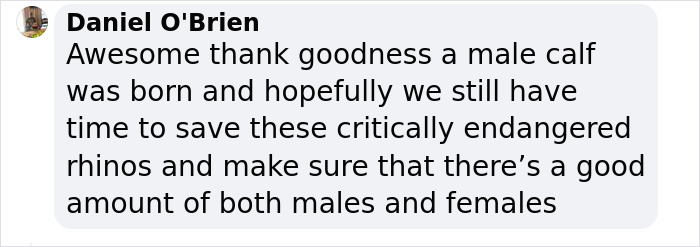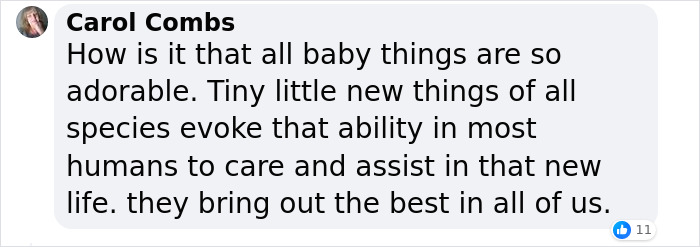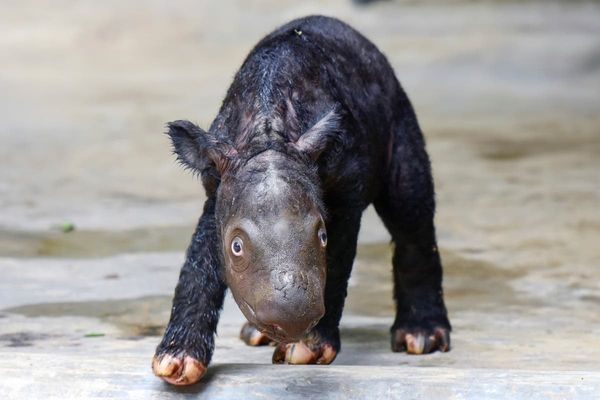It’s a Christmas miracle! A beautiful, healthy, rare Sumatran rhinoceros was born, just in time for the holidays.
On November 25, the Government of Indonesia announced the rhino’s birth, the second one within two months, at the Sumatran Rhino Sanctuary (SRS) in Way Kambas National Park, Lampung Province, a press release published by the International Rhino Foundation (IRF) stated.
The Indonesian Minister of Environment and Forestry, Siti Nurbaya, announced that first-time Sumatran rhino mom Delilah gave birth to a healthy male calf.
The Minister admitted to being “grateful for the fifth birth at the SRS”.
A critically endangered Sumatran rhino male calf was just born in an Indonesian rhino sanctuary
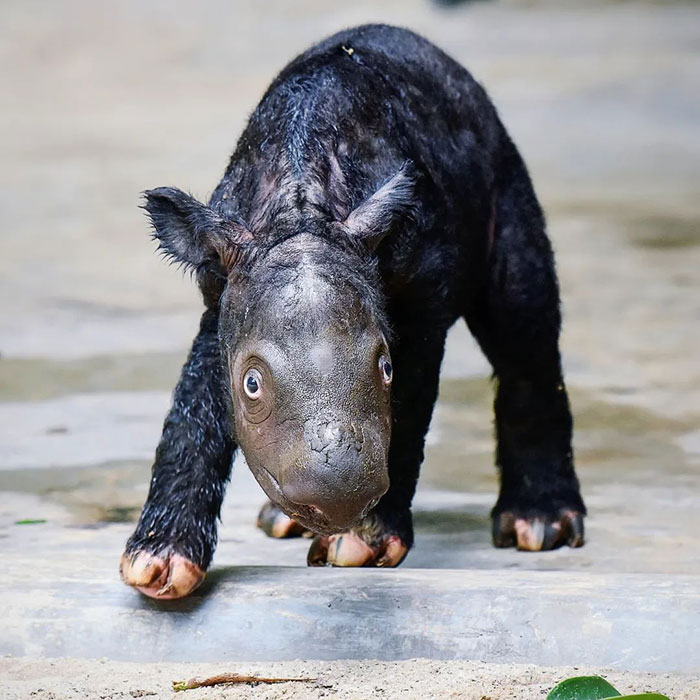
Including the female calf born earlier this year, there are now ten Sumatran rhinos living at the semi-wild breeding and research facility, the official statement reported.
Nina Fascione, the IRF’s executive director, explained: “The Sumatran rhino breeding program has never been in a better position.
“Two years ago there was only one captive Sumatran rhino pair in the world able to successfully produce offspring.
“Now there are three pairs – six rhinos – who are proven breeders.
“Those are much better odds for the long-term survival of this species.”
Less than 50 Sumatran rhinos are left, according to the World Wildlife Fund
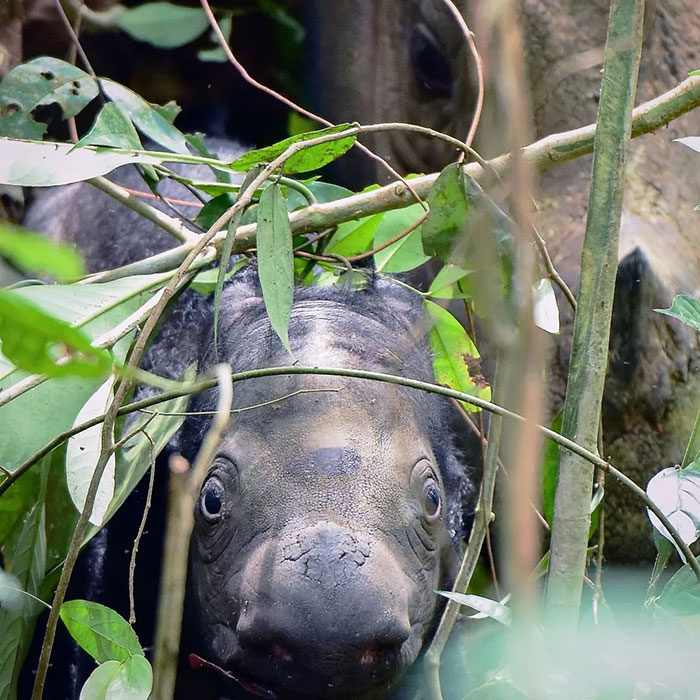
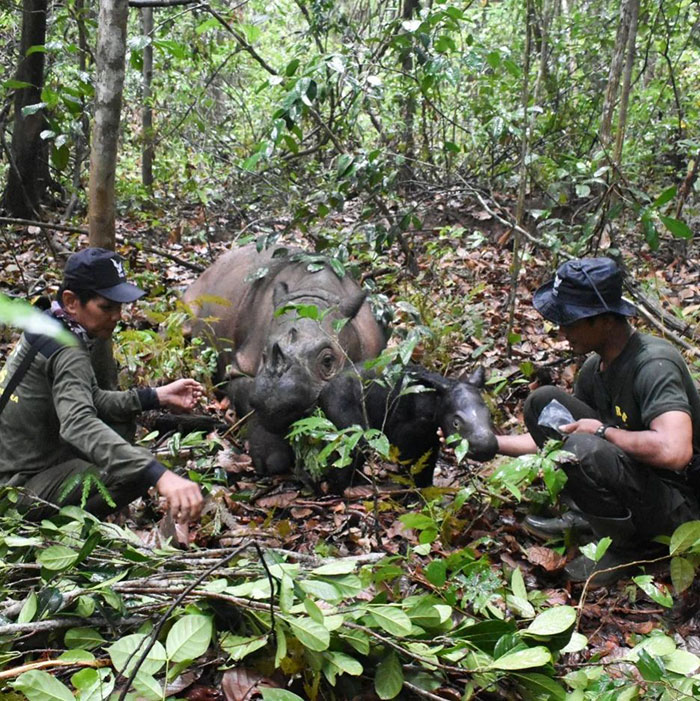
In 2016, Delilah became the second calf ever to be born at the Way Kambas SRS, the IRF reported.
The impressive animal has now become the first captive-born Sumatran rhino to give birth, a reported significant milestone for the breeding program.
Jansen Manansang, the executive director of Yayasan Badak Indonesia (YABI), said: “Going forward, the Rhino Foundation of Indonesia continues to be committed to assisting and fully supporting the programs and efforts of the Government of the Republic of Indonesia, especially in rhino conservation efforts in Indonesia.”
Delilah, of the endangered Sumatran rhino species, became the first captive-born of her kind to give birth
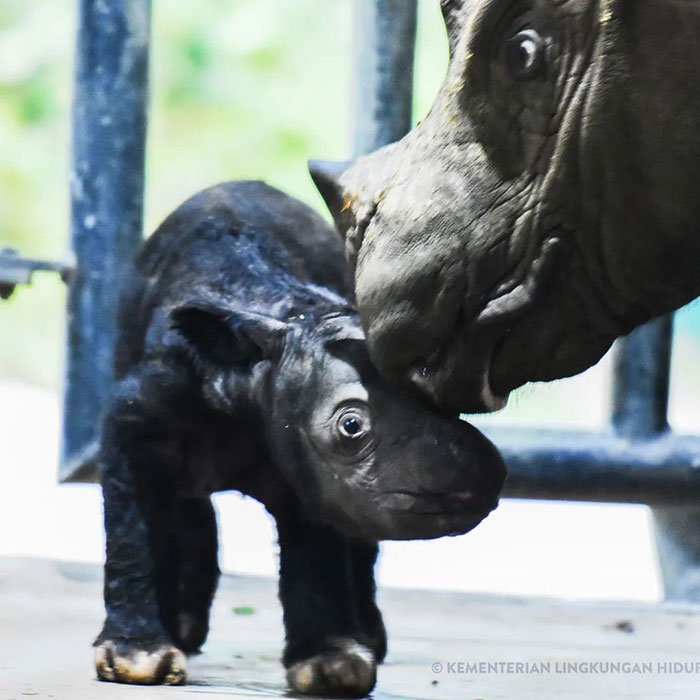
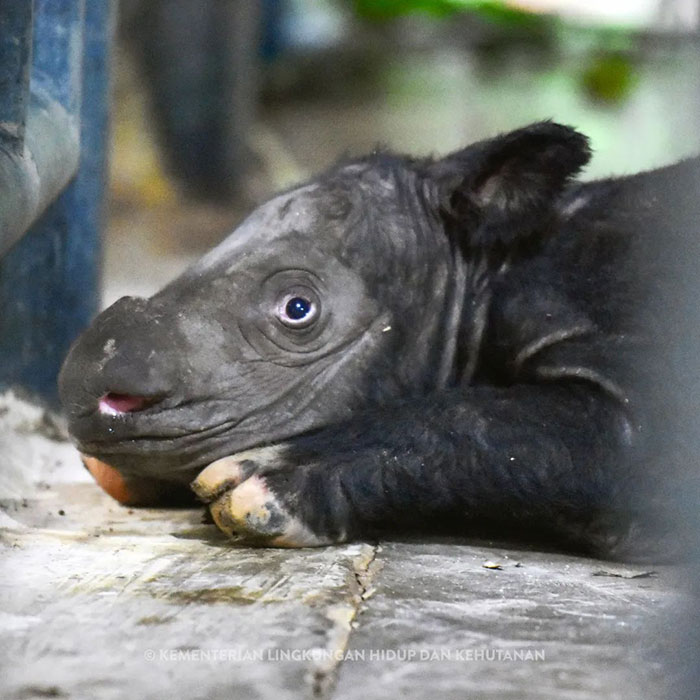
YABI is managed by veterinarians and animal care staff who have been tasked with closely monitoring Delilah and her calf while they bond.
The goal of the breeding program at the SRS is to reportedly supplement the declining wild population.
“It’s an incredible event that gives hope to the future of this critically endangered species,” the executive director of the International Rhino Foundation said
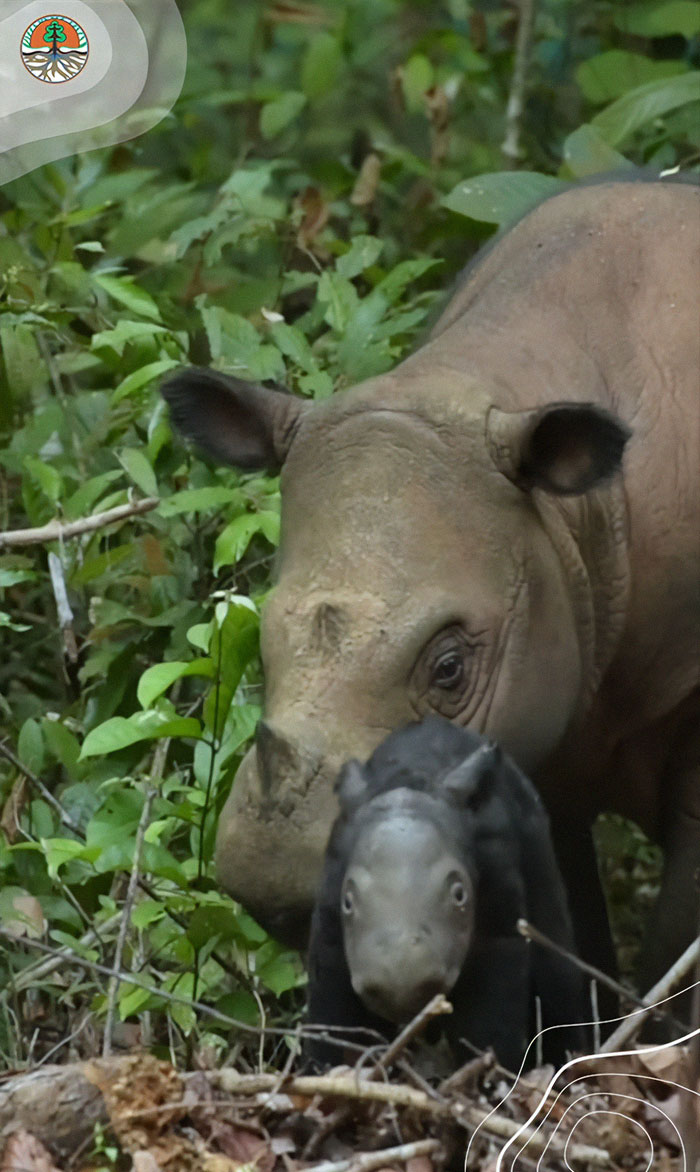
In the future, rhinos born at the SRS could be released back into their natural habitat, according to Satyawan Pudyatmoko, Director General of Natural Resources and Ecosystem Conservation.
Nina further explained: “You never know if a first-time mom will know what to do, but Delilah brought that calf into the world and started nursing it with no fuss or fanfare.
“It’s an incredible event that gives hope to the future of this critically endangered species.”
According to the World Wildlife Fund (WWF), Sumatran rhinos are the smallest of the living rhinoceroses and the only Asian rhino with two horns.
As per the WWF, the species are covered with long hair and are more closely related to the extinct woolly rhinos than any of the other rhino species alive today.
In 2016, Delilah became the second calf ever to be born at the Sumatran Rhino Sanctuary
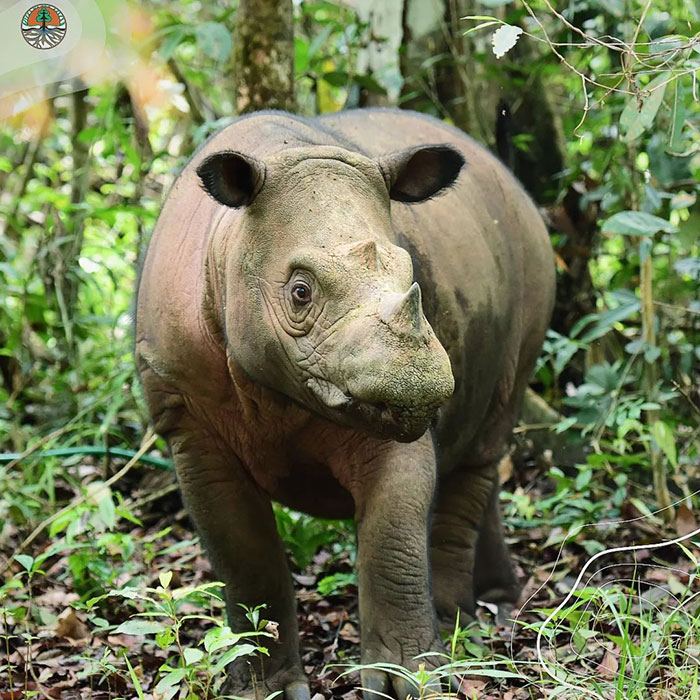
Sumatran rhinos reportedly compete with the Javan rhino for the unenviable title of most threatened rhino species.
Moreover, the gorgeous animals are threatened due to poaching and climate change.
Poaching, illegal trading of rhino horns, and climate change have wiped out most of these mammals from the map
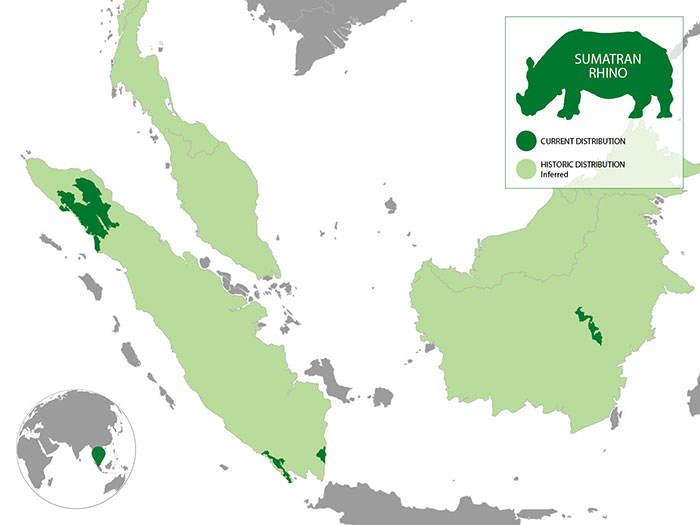
The remaining animals reportedly survive in small, fragmented non-viable populations, and with limited possibilities to find each other to breed, their population decline continues.
The Sumatran rhino once roamed as far away as the foothills of the Eastern Himalayas in Bhutan and eastern India, through Myanmar, Thailand, possibly to Vietnam and China, and south through the Malay Peninsula, the WWF reported.
Sadly, the species today only reportedly survives on the Indonesian islands of Sumatra and Borneo, while experts believe the third subspecies is probably extinct.
The wonderful news brought emotional responses from readers





